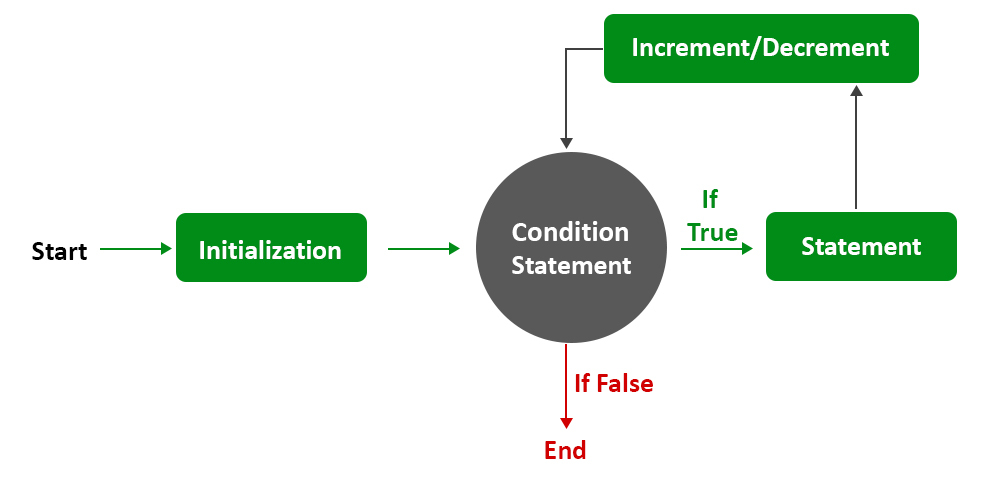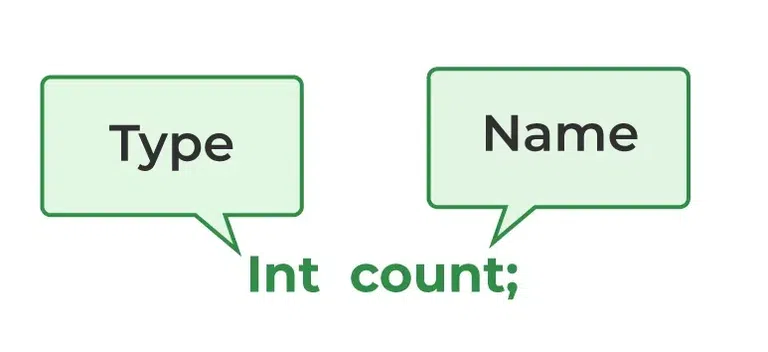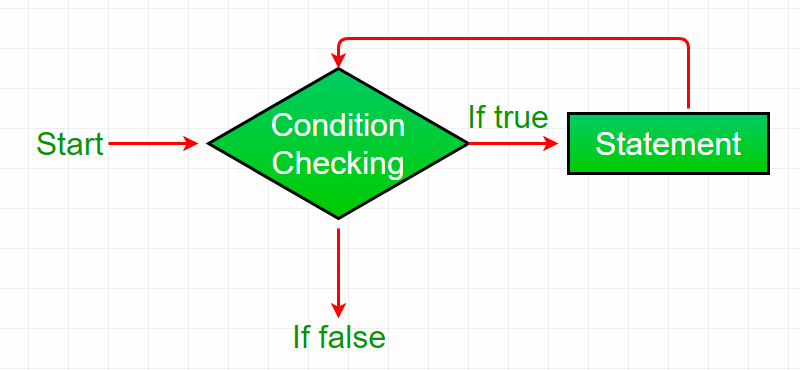Introduction to Java: Syntax, Variables, and Loops
Introduction to Java: Learn the basics of Java syntax, variables, and loops, the essential building blocks for any programmer starting with Java.Introduction to Java

Java is one of the most popular programming languages in the world, known for its versatility, portability, and ease of use. Whether you’re developing mobile applications, web services, or even enterprise solutions, Java has become a cornerstone in the tech industry. If you’re new to programming, understanding the syntax, variables, and loops in Java is essential. In this blog, we’ll explore these foundational concepts and how they play a role in making Java a powerful language for both beginners and experienced developers.
Understanding Java Syntax
Java syntax is the set of rules that define a structured way to write code. Just like the grammar in a spoken language, Java syntax ensures that the code is understandable and executable by the Java compiler. Here’s an overview of the most basic elements:Introduction to Java
- Statements: In Java, a statement is a single line of code that expresses an action. Every statement in Java ends with a semicolon
;. For example:This statement prints “Hello, World!” to the console.
- Blocks: Blocks of code are grouped together using curly braces
{}. For example, in functions or loops, the code within the braces executes as a unit. - Case Sensitivity: Java is case-sensitive, meaning that
variableandVariablewould be treated as two distinct identifiers.Introduction to Java
A variable in Java is a container that holds a value, such as a number or a string. Java is a statically typed language, meaning that you must declare the type of data the variable will hold. This makes the code more predictable and easier to debug. Here are a few key types of variables:Introduction to Java
- Primitive Data Types: Java has several primitive data types, including:
int(integer): stores whole numbers.double(floating-point): stores numbers with decimal points.boolean: storestrueorfalsevalues.char: stores a single character.
Example:
- Reference Types: Reference variables point to objects. For instance, a
Stringis a reference type in Java. It holds the memory address of the object that stores the text.
Loops in Java
Loops are crucial in programming because they allow you to execute a block of code multiple times. In Java, there are several types of loops, each designed for different purposes:Introduction to Java
- For Loop: The
forloop is used when the number of iterations is known beforehand. It’s commonly used for iterating through arrays or collections.Introduction to JavaExample: - While Loop: The
whileloop is useful when you don’t know how many iterations are needed, but you want to repeat a task as long as a certain condition is true.Introduction to JavaExample: - Do-While Loop: Similar to the
whileloop, thedo-whileloop ensures the code runs at least once before checking the condition.Introduction to JavaExample:
Conclusion
Mastering the basics of Java syntax, variables, and loops is the first step in becoming proficient in Java programming. With a solid understanding of these core concepts, you’ll be able to write more complex programs and solve real-world problems using Java. Remember that practice is key to mastering programming, so experiment with writing different types of loops and working with various data types to reinforce your learning. Whether you’re just starting or looking to deepen your understanding, the foundations of Java will serve you well throughout your programming career.Introduction to Java.




